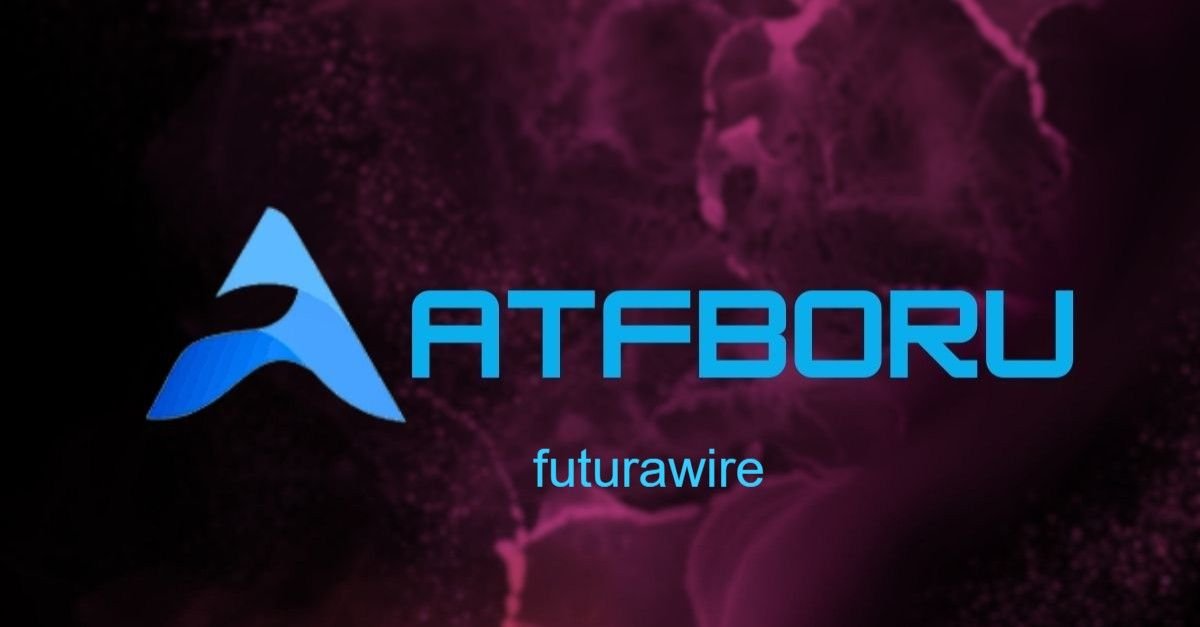ATFBORU is a term that is slowly getting traction in both the business and technology sectors. What exactly is ATFBORU exactly? Why is it generating so much buzz, and what impact will it have on the world of business and people alike? If you’re in search of a complete explanation of the complexities of ATFBORU and its applications, you’re in the right spot. In this article, we’ll look into the intricate details of ATFBORU, what it is, its uses, and how it can be an important factor for the next generation of digital changes.
What Does ATFBORU Stand For?
ATFBORU is an abbreviation for the Total Framework to Optimize Utilization of Resources. It is a comprehensive approach or method that is developed to maximize the effective utilization of resources available, regardless of whether the resources are technological, human, financial, or time-related. The goal of the framework is to ensure that each aspect of a project or business operates at its peak efficiency, with the goal of reducing waste and increasing output.
How Does ATFBORU Work?
ATFBORU framework works by breaking down the ATFBORU framework functions by breaking down the essential elements that make up any particular process (be it a company technology infrastructure, technological infrastructure, or an operational procedure) into manageable pieces. By focusing on optimization at every level, ATFBORU ensures that all resources are utilized to their fullest potential.
In an office setting, ATFBORU might improve employee workflows, enhance technology utilization, and simplify financial strategies, all while eliminating the number of redundant tasks and inefficiencies. The framework makes use of sophisticated data analytics, machine learning, and AI to analyze and improve the allocation of resources constantly.
Key Benefits of ATFBORU
- Increased efficiency: ATFBORU: assists organizations in optimizing their resources, which results in increased productivity and lower operational expenses.
- Data-Driven Insights: The framework uses real-time data to make choices about resource allocation, providing better accuracy in predictions and smarter investment decisions.
- Scalability: If you’re a small-scale startup or a huge company, ATFBORU can be adapted to the size and requirements of any business and ensure that resource optimization will be effective when the company expands.
- Sustainable Development: By focusing on the efficiency of resource use, ATFBORU contributes to sustainable efforts by reducing waste and lessening the negative environmental impacts of business processes.
- Competitive advantage: Businesses that use ATFBORU will stand out in the market because they can perform more efficiently, swiftly adjust to changing conditions, and make better use of the resources available.
Applications of ATF BORU
ATFBORU can be used across an array of industries, which include:
- Business management: streamlines processes and improves efficiency while making the best utilization of both technological and human resources.
- Technology and IT Infrastructure: Optimizing the use of servers, cloud resources, cloud services, and software solutions to increase system availability and reduce cost.
- Supply Chain Management: ensures efficient flow of items, reducing delays and maximizing inventory levels with intelligent resource allocation.
- Manufacturing: Making use of AI and data analysis to improve the use of machines, decrease downtime, and increase the efficiency of manufacturing lines and factories.
Why is ATF BORU Important?
As the industry evolves and the need for efficiency rises, ATFBORU offers an answer that not only increases productivity but also helps enterprises make more informed choices. With the growing complexity of daily operations, resource optimization frameworks such as ATFBORU can help reduce the amount of guesswork and give businesses the insight they require to compete in today’s market.
Furthermore, as sustainability is becoming an important issue and the framework is a key driver in reducing waste as well as making operations more sustainable, that is increasingly becoming a major driver for business.
Is ATFBORU Right for Your Organization?
If you’re looking to maximize your resource utilization, decrease waste, and increase effectiveness, ATFBORU might be the right option for you. No matter if you’re in manufacturing technology or business management, This framework provides the tools necessary to change the way you allocate resources and give you a competitive edge.
FAQ for ATFBORU:
What is ATF BORU?
ATFBORU is An All-Foundation Framework that Optimizes the Utilization of Resources. It is a method that is designed to increase the effectiveness of resources across various industries.
What is the ATF BORU function?
It is focused on optimizing the utilization of technological, human, financial, time, and resources in order to increase overall efficiency and effectiveness.
What industries can benefit from ATF BORU?
ATF BORU is a tool that can be utilized in a wide range of industries, including business, technology manufacturing, and other industries, to enhance resource management.
Is ATF BORU ideal for small companies?
Yes, small-scale businesses can use ATF BORU as their ATF BORU framework to maximize their allocation of resources and simplify processes.
What are the advantages that ATF BORU can provide?
The primary benefits are improved efficiency, less wasted resources, better use of resources, and increased productivity.
Summary
ATFBORU stands for A Total Framework for Optimized Resource Utilization, and it’s designed to help organizations maximize the efficiency of their resources. Whether it’s improving productivity, reducing waste, or increasing sustainability, ATF BORU offers a comprehensive, data-driven approach to resource management. This framework can be implemented across a variety of industries, providing businesses with the tools they need to stay ahead of the competition.
The information provided about ATFBORU is for general informational purposes only. It does not constitute professional advice for your business operations or decision-making. Every organization’s resource optimization needs are unique, and it is recommended to consult with a professional or expert in resource management before adopting any framework. ATFBORU implementations should be considered based on individual circumstances and available resources.



